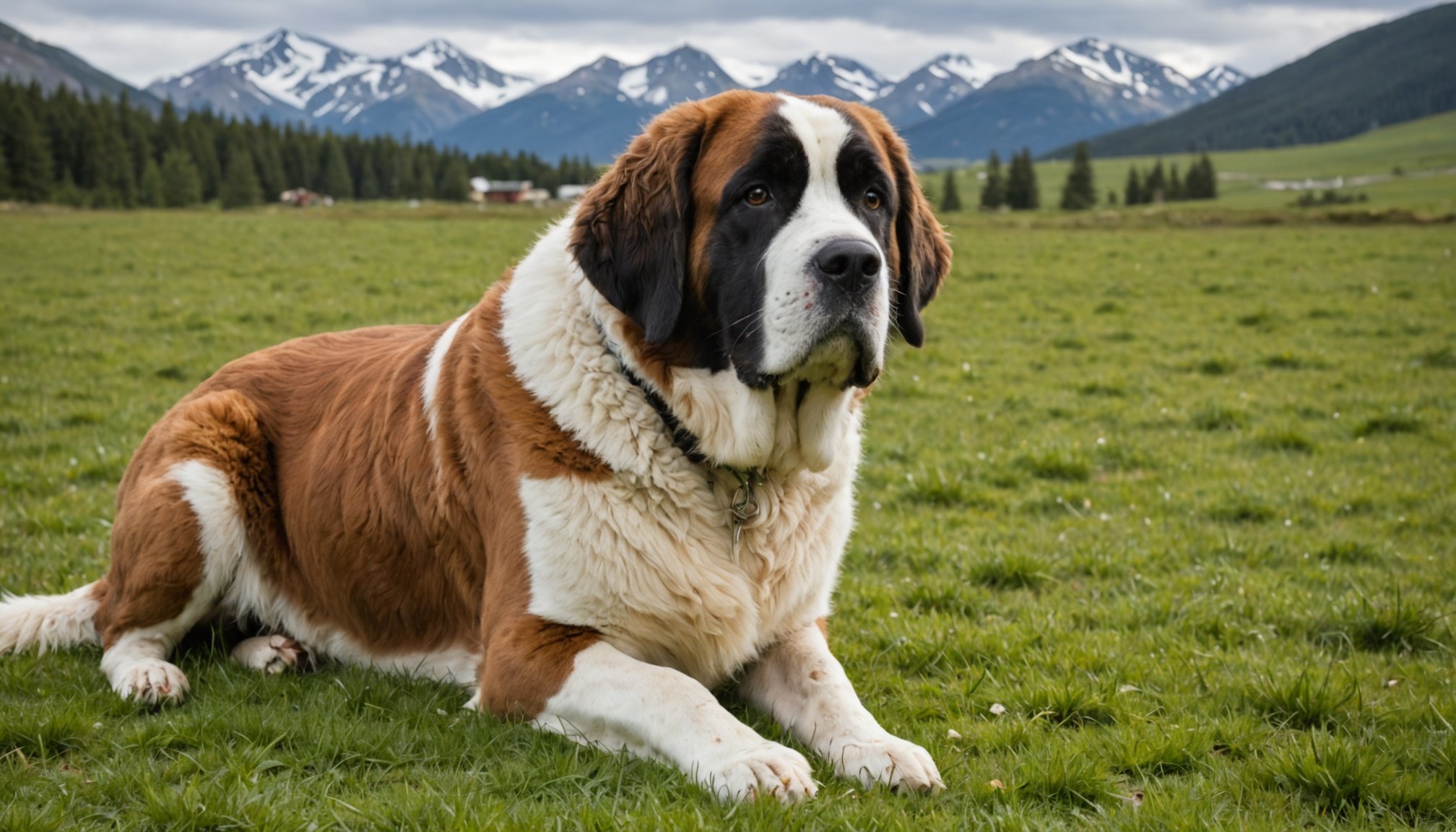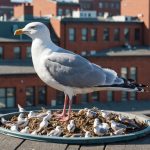Habitat Requirements for Saint Bernards in Warm Environments
Saint Bernards, renowned for their gentle nature and impressive size, require specific habitat needs to thrive in warm climates. These dogs have a dense coat which originally suited them for cooler environments. Therefore, when placed in a warm climate, special care must be taken to ensure their comfort.
Characteristics Influencing Habitat
Due to their origins in colder regions, Saint Bernards have thick, double-layered coats that can cause them to overheat if not managed properly. To prevent heat stress, it’s crucial to provide a shaded area and plenty of fresh water. Inside homes, air conditioning or fans can assist in maintaining a tolerable temperature.
A lire en complément : Essential Guidelines for Crafting a Nutritious Raw Diet for Your Growing Boxer Puppy
Acclimatization to Warmer Conditions
Helping a Saint Bernard acclimatize involves gradually exposing them to rising temperatures and monitoring their reactions. Over-exertion should be avoided during peak heat, and walks are best done early in the morning or late in the evening when temperatures are lower.
Ideal Temperature Ranges
While Saint Bernards can adapt somewhat to warmer conditions, the ideal temperature for their comfort remains between 20°C to 27°C (approximately 68°F to 80°F). Exceeding this may not only lead to discomfort but also health risks, necessitating a consideration for habitat needs in such regions.
Cela peut vous intéresser : Essential Tips for Choosing the Perfect Training Collar for Your Stubborn Akita
Ensuring Adequate Shade and Ventilation
Creating a comfortable outdoor area requires thoughtful consideration of shade solutions and ventilation strategies. Both elements are crucial for enhancing outdoor comfort and ensuring an enjoyable space.
Natural Shade Options
Natural shade options are both effective and eco-friendly. Planting trees and shrubs is a beneficial strategy that offers ample shade solutions while contributing to the aesthetics of an outdoor space. Trees like maples and oaks are sturdy, provide extensive shade, and can reduce temperatures significantly. Shrubs serve as an excellent supplementary choice, providing lower-level shade and privacy. These organic solutions not only enhance comfort but also improve the ecological balance of the area.
Artificial Shade Structures
When natural options aren’t feasible, artificial structures can be a practical alternative. Installing pergolas, canopies, or umbrellas are some effective shade solutions. These structures can be customized to fit any space, offering flexibility and style while ensuring outdoor comfort.
Importance of Airflow
Maximizing ventilation strategies is essential to maintain airflow, especially in shaded areas. Techniques such as using fans or placing openings strategically can enhance air circulation. Providing an adequate airflow prevents stagnation and ensures that the shade solutions effectively contribute to a comfortable environment. Combining these strategies optimizes both shade and ventilation, promoting a perfect outdoor haven.
Hydration Essentials for Saint Bernards
Understanding the hydration needs of Saint Bernards is fundamental for their health and well-being. These dogs require a considerable amount of water daily due to their size and active nature. Generally, a Saint Bernard should drink between 0.5 to 1 ounce of water per pound of body weight each day. This guideline ensures they are adequately hydrated, supporting various bodily functions.
Ensuring water access at all times is crucial. Fresh and clean water should be available to prevent dehydration, particularly in warm weather when these dogs are more prone to overheating. Providing cool water can help in keeping them cool, enhancing their comfort on hot days.
Encouraging regular drinking habits is vital given their high hydration needs. Here are a few techniques to consider:
- Place multiple water bowls around the house and garden to increase accessibility.
- Include ice cubes in their water to make it more enticing during hotter periods.
- Incorporate wet food into their diet, which naturally contains more moisture.
These simple practices can significantly boost their daily water consumption, helping maintain their hydration levels and overall health.
Recognizing Heat Stress in Saint Bernards
Understanding heat stress symptoms is crucial to maintaining your dog’s wellbeing, particularly for breeds like Saint Bernards that are prone to overheating. Temperature awareness can help prevent health emergencies.
Physical Signs of Heat Stress
Physical symptoms of heat stress can often be subtle before becoming severe. Look for signs such as excessive panting, drooling, an unusually rapid heart rate, or a dark red tongue. Saint Bernards, with their thick coats, may exhibit these symptoms more quickly than other breeds. Keep a vigilant eye on their behaviour during warmer days.
Behavioral Changes to Monitor
Behavioural changes are another key indicator that your dog may be experiencing heat stress. A Saint Bernard may become lethargic, weak, or agitated. Unusual restlessness or the refusal to obey basic commands can signal discomfort. Monitor if your dog’s activity levels drop suddenly as it might be an early sign of distress.
Emergency Measures to Take
If your Saint Bernard shows signs of heat exhaustion, immediate first aid is crucial. Move them to a cooler environment, offer fresh water, and consider lightly spraying them with water to lower their body temperature. If symptoms persist, seek veterinary care promptly to ensure your dog’s health and safety.
Exercise Considerations During Hot Weather
Engaging in exercise during hot weather requires careful planning and consideration. The best times for outdoor activity tend to be early morning or late evening when temperatures are cooler, reducing the risk of overheating. Opting for these times can help manage heat and ensure a safe activity experience.
For those who enjoy low-impact activities, swimming is an excellent choice as it provides a refreshing way to stay active without risking heat exhaustion. Alternatively, indoor exercises like yoga or pilates offer an opportunity to stay fit while avoiding extreme weather. These activities are not only effective but also adaptable to different fitness levels and settings.
It’s crucial to monitor the temperature while exercising in warm climates. Portable thermometers or smartphone apps can help track the heat index, allowing you to make informed decisions about your exercise routine. Being aware of the heat can prevent potential health risks such as dehydration or heatstroke.
Heat management is essential in maintaining optimal health and performance during physical activity. Hydrating regularly and wearing lightweight, breathable clothing can help keep body temperature regulated, ensuring that your exercise session remains enjoyable and beneficial.
Recommended Housing Features for Saint Bernards
Providing optimal living conditions for Saint Bernards requires attention to their specific housing needs and comfort. These gentle giants thrive in environments that cater to their size and coat.
Indoor Climate Control
Maintaining a comfortable indoor climate is crucial. Saint Bernards are prone to overheating due to their thick coats. Climate control systems like air conditioning keep temperatures cool and stable, ensuring their comfort. Consider using fans and ventilation for circulation and regularly check thermostats to avoid heat build-up.
Outdoor Shelters and Fencing
Outdoor spaces must have well-designed shelters and secure fencing. Ideal kennel designs incorporate ample shade and ventilation to prevent overheating. These shelters should have robust structures to protect against weather fluctuations. Fences should be high and sturdy, keeping them safe while allowing freedom to roam.
Maintenance of Living Spaces
Routine maintenance is vital for their wellbeing. Regularly inspecting living spaces ensures safety and hygiene. Conduct checks for cleanliness in both indoor and outdoor areas, focusing on comfort features like bedding and clean water. Implementing these best practices keeps their environment healthy and inviting.













